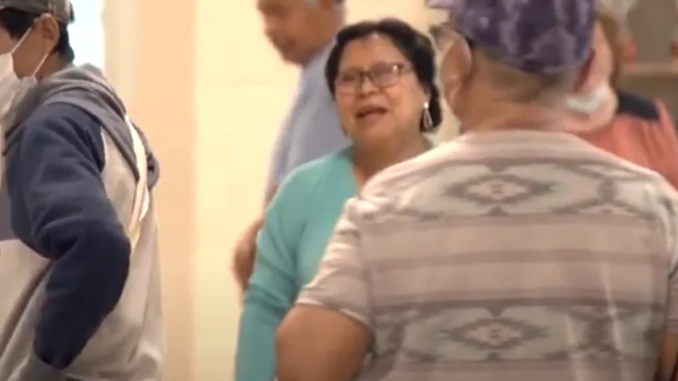
A senior center in Omaha, Nebraska, said it has seen an increased number of refugees from around the world, with about 40 newcomers arriving each day.
The Intercultural Senior Center is specifically designed to assist refugees who do not speak English and provide them with mental health care and assist them with citizenship applications. The center says it serves nearly 13,000 refugees, but has seen a 30% increase in the first five months of 2023.
Many of the refugees are alleged to have come from Ukraine, Togo, Afghanistan, and Korea.
“Our services are for seniors that come from around the world where the lack of language makes a lot of limitation for them to get into the community and find resources,” Carolina Padilla, the center’s founder, said.
“I think with everything that is going on, there is more influx of people coming to the U.S.,” she added.
While describing the people as forgotten, the founder also claimed that the influx is creating a strain on the staff because they don’t have interpreters for people from so many countries.
“When we don’t have the interpreter, it’s hard to communicate and help them as they should be,” Padilla said.
According to its website, the center’s mission includes improving “the dignity, quality of life and physical well-being of seniors from around the world through advocacy, education, access to social services, and cultural enrichment activities that benefit the entire community.”
While the center opened to assist Latino seniors, it soon expanded to assist refugees and immigrants from across the world, according to a 2021 report.
The center became a vaccination site in 2021, with the founder claiming that 98% of the visitors got vaccinated because they wanted to come back to the facilities.
Padilla made no mention of Title 42 as a reason for an increase in visitors; rather, she thinks it’s a backlog of people who didn’t want to come due to COVID-19 fears.
“I think right now it’s a mix of those who couldn’t come during COVID and the new ones who applied who were now allowed to come to the U.S.,” Padilla said.
* Article From: The Blaze